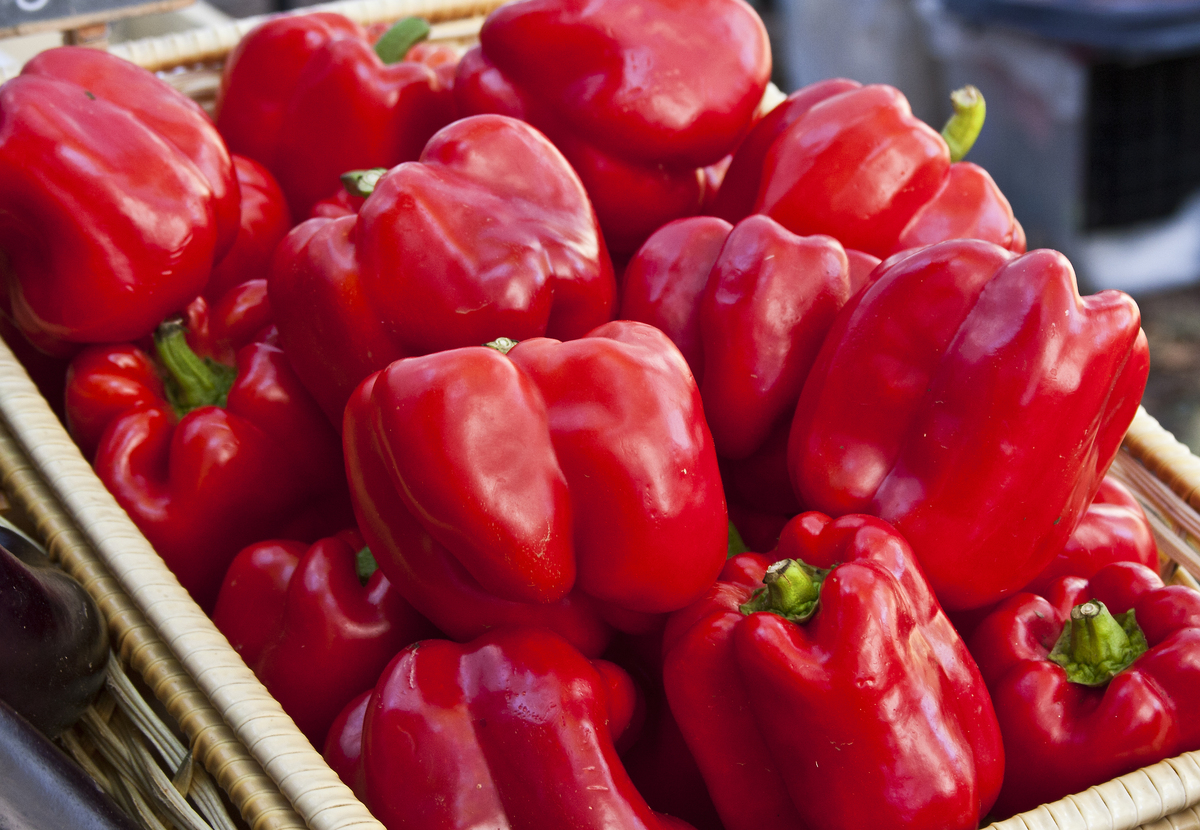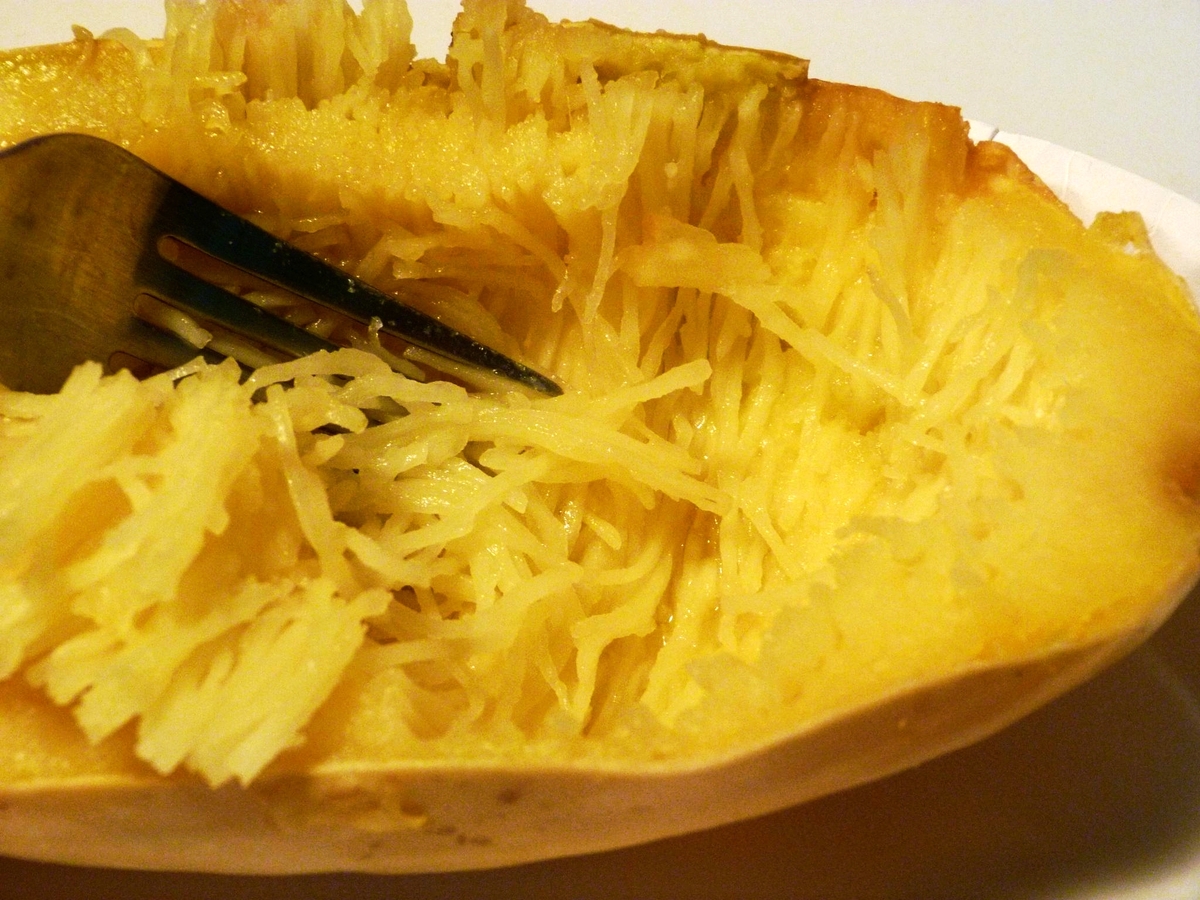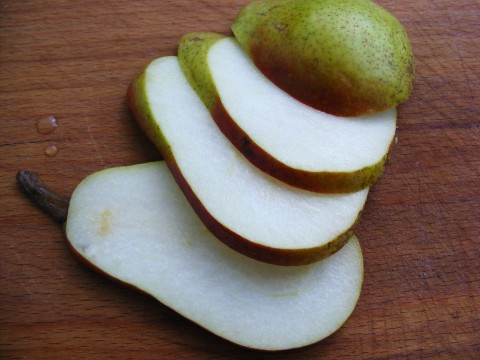5 Superfoods In Season This October
The Huffington Post | By Rachael Grannell Posted: 10/02/2013 8:44 am EDT | Updated: 10/02/2013 9:18 pm EDT
================================================
You can add color and festive excitement to your plate this October without gorging on orange and black candies. Chocolate and gummies are in high demand, but there are many autumnal treats that are much more nutritious.
We've rounded up five superfoods to keep you healthy and warm this month and asked Academy of Nutrition and Dietetics spokesperson Vandana Sheth, RD, CDE, for some tips on the best ways to prepare them.




